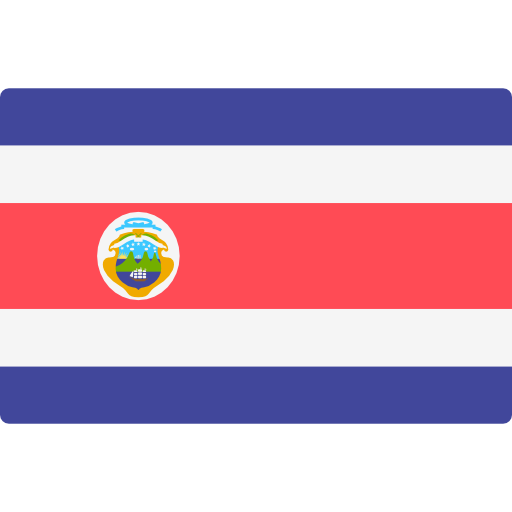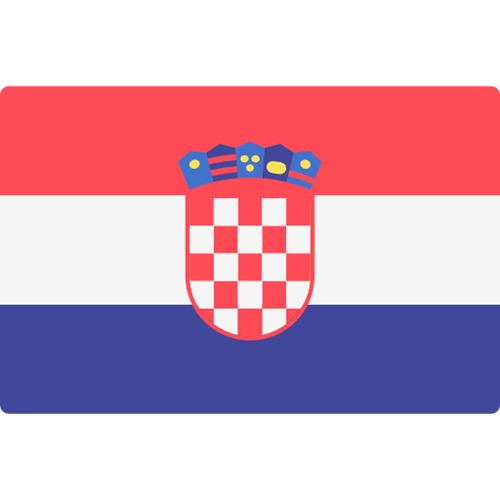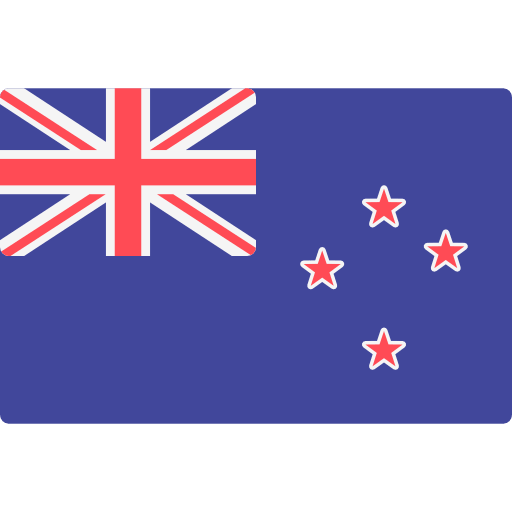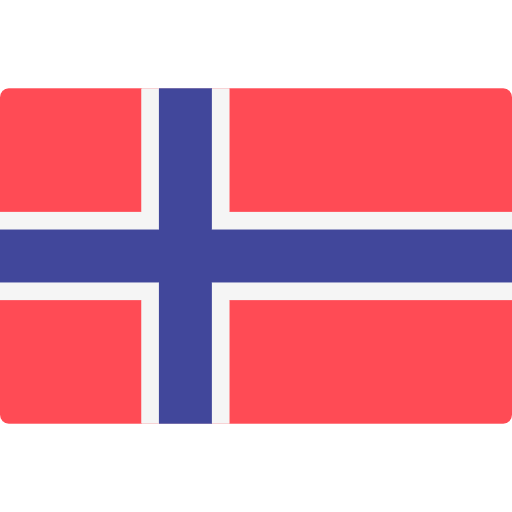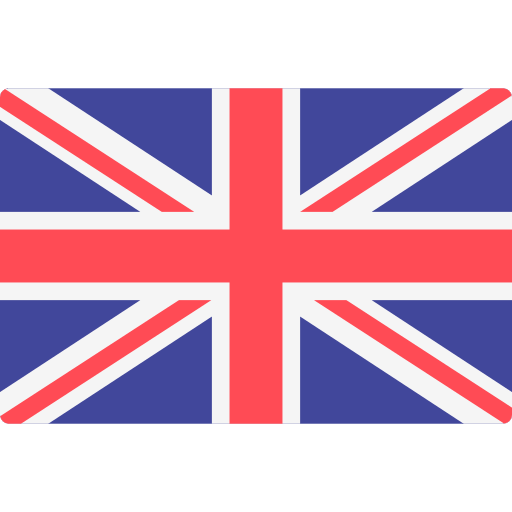Cosmetics & Personal Care | Monthly bulletin | August 2025

Photoaging explained: An ex vivo approach to testing and proving the effectiveness of skincare products
In the cosmetics industry, the demand for anti-aging solutions continues to grow, but not all aging is created equal. Photoaging, the premature aging of skin caused by chronic exposure to UV radiation, presents a unique biological challenge. Unlike intrinsic aging, photoaging is driven by environmental stressors and leaves distinct clinical and histological changes, including wrinkles, loss of elasticity, uneven pigmentation, and a leathery texture.
At Eurofins C&PC, we go beyond surface-level claims. Our ex vivo photoaging model uses chronically UV-exposed human skin explants to replicate the complex range of damage observed in real-life sun exposure. This allows us to evaluate the efficacy of cosmetic active ingredients in preventing or reversing the key mechanisms of photoaging.
Photoaging is not just about wrinkles, it’s a multifactorial process involving:
- DNA Damage: UV-induced mutations (e.g., thymine dimers) impair cellular function and increase cancer risk.
- Oxidative Stress: Reactive oxygen species (ROS) overwhelm antioxidant defences, damaging lipids, proteins, and DNA.
- ECM Degradation: UV exposure upregulates matrix metalloproteinases (MMPs), breaking down collagen and elastin, while reducing their synthesis, leading to sagging and loss of elasticity.
- Inflammation and immunosuppression: Persistent cytokine release and immune cell depletion (e.g., Langerhans cells) contribute to redness, sensitivity, and impaired repair.
- Cellular senescence: Senescent fibroblasts secrete matrix-degrading enzymes and reduce growth factor production, weakening skin structure and function.
Our specific protocol allows for accurate assessment of the ability of cosmetic products to prevent or reduce the negative effects of photoaging. Whether your active targets are:
- Antioxidant defence (e.g., vitamin C, polyphenols);
- MMP inhibition;
- Collagen synthesis stimulation;
- Senescence modulation
We help you select the most relevant biomarkers and histological evaluation criteria to support your claims with scientific rigor.
While UV remains the primary driver, we also consider the role of visible light, infrared radiation, and pollution in accelerating photoaging. Our protocols can be adapted to reflect these real-world exposures.
By combining mechanistic insight with robust ex vivo testing, Eurofins C&PC empowers cosmetic brands to develop and validate next-generation anti-photoaging solutions, grounded in science and proven by data. To strengthen claim substantiation even further, our ex vivo assays can be coupled with cosmetogenomic profiling and clinical evaluation. This integrative strategy connects molecular mechanisms, tissue-level validation, and real-life efficacy, providing cosmetic brands with a 360° scientific framework to position their anti-photoaging products with confidence.
From concept to clinical proof: Pre/post-treatment studies for aesthetic excellence
The global aesthetic industry is undergoing rapid transformation. From injectables to laser treatments, and from cosmeceuticals to holistic skin rejuvenation protocols, innovation is booming. But with innovation comes responsibility: scientific validation is essential to meet growing regulatory demands and consumer expectations.
Pre/post-treatment studies are central to demonstrating the efficacy of aesthetic interventions. By comparing baseline and post-intervention data, they provide measurable insights across botulinum toxin, dermal fillers, chemical peels, and non-invasive rejuvenation techniques. At Eurofins C&PC, we design these studies with precision, integrating both quantitative and qualitative endpoints, including 2D and 3D imaging, biophysical measurements, and patient-reported outcomes.
Our studies follow standardised protocols, sometimes including Phase I to IV trials, to detect significant changes in skin condition. Objective measurements (hydration, elasticity, pigmentation) are combined with expert and patient assessments, while validated imaging systems and centralised quality control ensure reliable, reproducible results. This approach applies to a wide range of indications, from non-surgical skin rejuvenation and scar reduction to pigmentation disorders, hyperhidrosis, epilation, and lipolysis techniques.
With access to a worldwide network of dermatologists and key opinion leaders, Eurofins C&PC ensures studies are tailored to each product’s mechanism of action, enabling fast recruitment and high-quality data. In addition to our clinical expertise, we also provide dedicated ex vivo models for laser-based interventions, allowing profound understanding of a product's effects on human skin and fine tuning of the product's concept before moving into volunteer studies.
In a fast-moving aesthetic landscape, we bring scientific rigour and clarity, helping innovators move from concept to clinical proof with confidence and impact.
France defines PFAS thresholds in new law and draft decree open for public comment
On February 27, 2025, France enacted Law No. 2025-188, a major legislative step aimed at protecting the population from the risks associated with per- and polyfluoroalkyl substances (PFAS). These persistent chemicals are commonly found in cosmetics, textiles, and ski waxes, and have raised growing concerns due to their environmental and health impacts.
To implement the law, the French government released a draft decree in August 2025, detailing the conditions under which PFAS-containing products will be banned. The decree defines residual concentration thresholds that distinguish between intentional use and trace contamination:
- 25 ppb for any individual PFAS measured by targeted analysis (excluding polymers)
- 250 ppb for the sum of PFAS measured by targeted analysis, including degradation of precursors (excluding polymers)
- 50 ppm for PFAS including polymers
Products exceeding these thresholds will be subject to the ban starting January 1, 2026, for cosmetics, ski waxes, and consumer textiles. A broader ban on all PFAS-containing textiles will follow in 2030, with exemptions for essential uses.
The decree also specifies exemptions for certain categories, including:
- Personal protective equipment (PPE) for military, civil security, and industrial use
- Industrial technical textiles
- Medical textiles used in healthcare settings
This draft decree is currently open for public consultation until September 5, 2025, allowing stakeholders to provide feedback before its final adoption. The thresholds may be revised in the future based on technical developments under EU regulations.
Together, the law and decree represent a significant advancement in France’s strategy to reduce PFAS exposure and align with broader European environmental standards.
In this evolving regulatory landscape, stakeholders need reliable partners to navigate complexity and anticipate change.
For cosmetics manufacturers, staying ahead of these regulations is crucial to ensure product safety and regulatory compliance. Eurofins Cosmetics & Personal Care offers advanced analytical services, enabling brands to identify, quantify, and manage PFAS in their formulations and packaging. Our scientific expertise and cutting-edge testing methods provide brands with the data needed to meet regulatory requirements, mitigate risks, and maintain product safety throughout development and market introduction. With a range of techniques developed to target multiple matrices and featuring very low limits of quantification (LOQs), we provide a robust framework for PFAS detection, control, and compliance.
What’s next?
Trade show
ESDR annual meeting - 10-13 September
Belgium
1 Poster: Mimicking skin barrier dysfunction in atopic dermatitis - EF BIO-EC
IFSCC Congress - 15-18 September
France
3 Posters:
- Reinnervated human skin model mimicking sensitive skin - EF BIO-EC
- Evaluation of oxidative stress in skin - EF Dermscan France
- Objectivation and quantification of the emotional benefits of fragrances on focal attention – EF Spincontrol (partnership with Symrise)
FLSCC Sunscreen Symposium™ – 19-20 September
Florida (USA)
Stand #324
1 Poster: Breakthrough in-vitro Water Resistance testing
COSMED | Congrès Scientifique – 23 September
France
Conference: Beauté hormonale – Tester ce que la peau révèle - Dr. Clotilde Fourault









